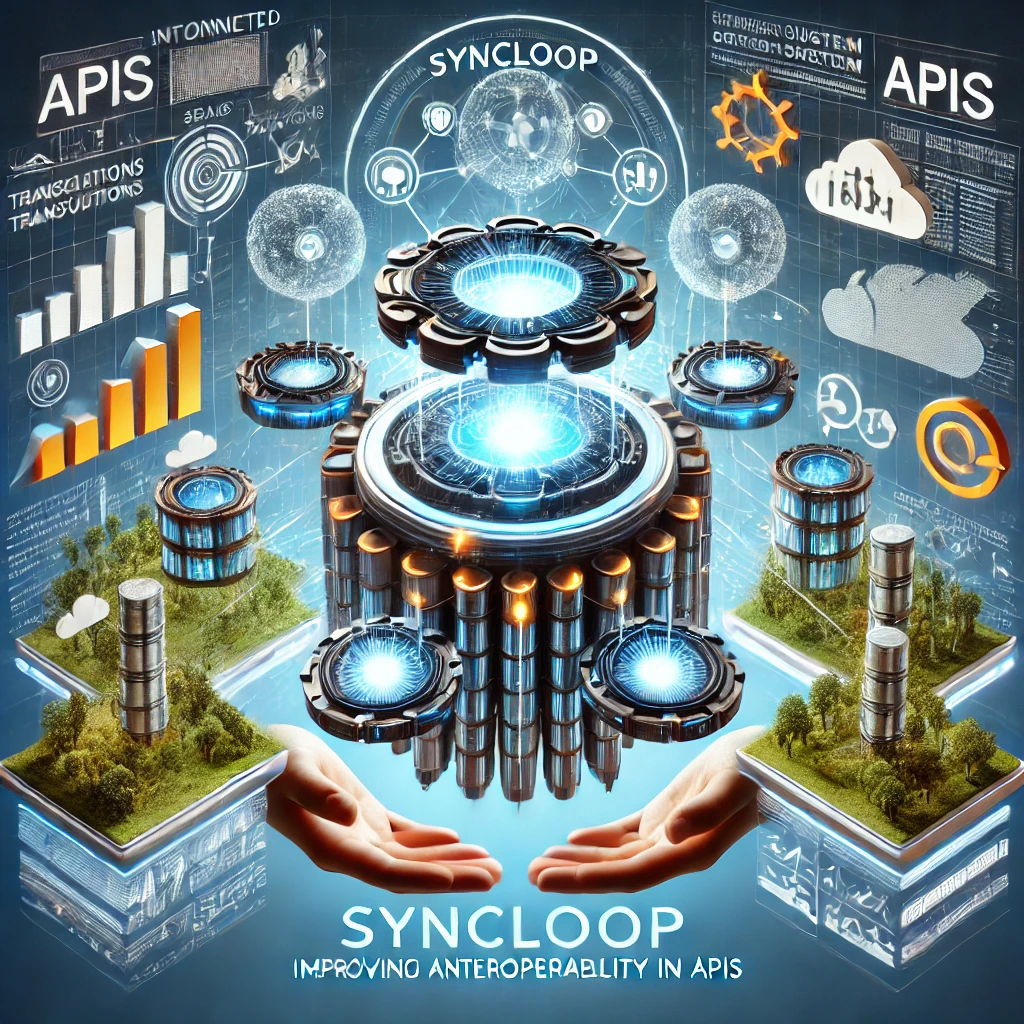How Syncloop Improves Data Interoperability in APIs

Syncloop, a powerful API development platform, addresses these challenges with advanced tools and features designed to enhance data interoperability. In this blog, we explore how Syncloop improves data interoperability in APIs, its key functionalities, and practical applications across industries.
The Importance of Data Interoperability
Data interoperability ensures that disparate systems can understand and use shared information, providing several benefits:
- Streamlined Workflows: Reduce manual data transformation and enhance efficiency.
- Improved Collaboration: Enable seamless data sharing across teams, partners, and platforms.
- Scalability: Support integrations as businesses grow and adopt new technologies.
- Better Decision-Making: Facilitate access to consistent and accurate data across systems.
How Syncloop Enhances Data Interoperability
Syncloop equips developers with the tools to design APIs that overcome data interoperability challenges, including:
1. Dynamic Data Mapping
Syncloop’s data mapping capabilities transform incoming data into formats that target systems can understand, enabling compatibility between systems with varying data structures.
2. Support for Multiple Formats
Syncloop handles a wide range of data formats, including JSON, XML, CSV, and more, allowing seamless integration with diverse systems.
3. Schema Validation
The platform enforces schema rules to ensure data exchanged between APIs complies with predefined structures, maintaining consistency and accuracy.
4. Cross-System Integrations
Syncloop simplifies the integration of third-party systems, enabling APIs to act as bridges between enterprise applications, databases, and external services.
5. Real-Time Data Synchronization
With support for event-driven workflows and WebSocket APIs, Syncloop facilitates real-time data exchange, ensuring systems remain synchronized.
6. Error Handling and Logging
Syncloop detects and logs interoperability issues, such as data mismatches or invalid formats, enabling developers to troubleshoot and resolve them quickly.
Benefits of Using Syncloop for Data Interoperability
1. Faster Integrations
By automating data transformation and validation, Syncloop reduces the time and effort required to integrate APIs with existing systems.
2. Enhanced Data Accuracy
Schema validation and real-time synchronization ensure consistent and error-free data exchange across platforms.
3. Increased Flexibility
Syncloop’s support for multiple formats and dynamic mappings enables businesses to adapt to evolving data requirements with ease.
4. Improved Collaboration
Seamless data sharing enhances collaboration across teams, partners, and stakeholders, driving better outcomes.
5. Future-Proof Solutions
Syncloop’s scalable and modular approach ensures APIs remain interoperable as business needs and technologies evolve.
Real-World Applications of Syncloop in Data Interoperability
1. Healthcare Systems
Syncloop facilitates interoperability between electronic health record (EHR) systems, ensuring patient data can be securely shared across providers.
2. Financial Services
In banking and fintech, Syncloop enables seamless data exchange between payment gateways, fraud detection systems, and customer management tools.
3. Supply Chain Management
Syncloop APIs connect disparate systems for inventory tracking, order management, and logistics, ensuring real-time visibility across the supply chain.
4. Smart Cities
In IoT-driven smart city initiatives, Syncloop integrates data from various sensors, systems, and applications to create unified, actionable insights.
Best Practices for Improving Data Interoperability with Syncloop
- Define Clear Data Models: Use Syncloop’s schema validation tools to establish consistent data structures across APIs.
- Leverage Dynamic Mapping: Map data formats dynamically to ensure compatibility between systems with different requirements.
- Test Integrations Thoroughly: Validate API workflows in staging environments to identify and address potential interoperability issues.
- Monitor and Optimize: Use Syncloop’s logging and monitoring tools to track data exchange and optimize performance.
- Plan for Scalability: Design APIs with modular structures to support future expansions and integrations.
Conclusion
Data interoperability is essential for businesses to thrive in a connected ecosystem, and Syncloop provides the tools and flexibility needed to achieve it. From dynamic data mapping to real-time synchronization, Syncloop simplifies the complexities of API integration, enabling seamless data exchange and enhanced collaboration.
Whether you’re working in healthcare, finance, logistics, or IoT, Syncloop ensures your APIs deliver consistent, accurate, and future-ready interoperability. Embrace Syncloop to unlock the full potential of your data and drive innovation across your organization.
A visual depiction of interconnected systems exchanging data seamlessly through APIs, highlighting Syncloop’s role in enhancing data interoperability.
Back to Blogs